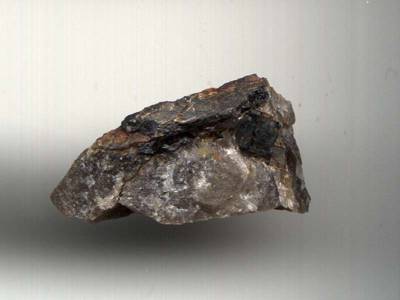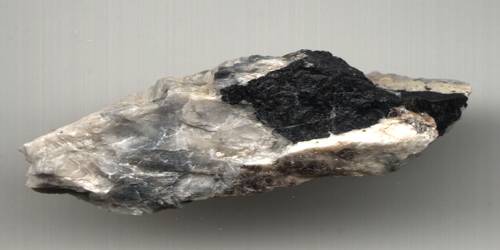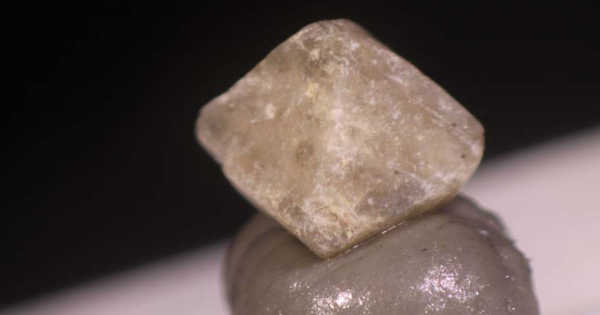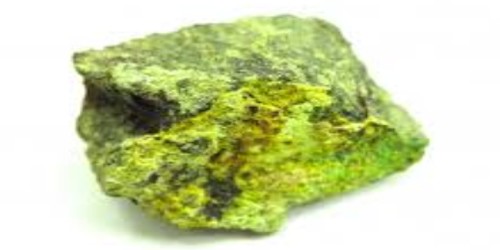Columbite, also called niobite, niobite-tantalite and columbate [(Fe, Mn)Nb2O6], is a black mineral group that is an ore of niobium. It is a black mineral, typically occurring as dense tabular crystals, consisting of an oxide of iron, manganese, niobium, and tantalum. It has a submetallic luster and a high density and is a niobate of iron and manganese. It is the chief ore of niobium. is the most widespread niobium mineral and makes for an important ore of the industrially useful metal.
General Information
- Category: Oxide minerals
- Formula: Fe2+Nb2O6
- Crystal system: Orthorhombic
- Crystal class: Dipyramidal (mmm)

Properties
Columbite has the same composition and crystal symmetry (orthorhombic) as tantalite. It is also very similar to tapiolite. Those minerals have same chemical composition but different crystal symmetry: orthorhombic for columbite and tetragonal for tapiolite. The largest documented single crystal of columbite consisted of plates 6 mm (0.24 in) thick measuring 76 cm × 61 cm (30 in × 24 in).
- Color: Black, brownish black.
- Crystal habit: Massive – Granular – Common texture observed in granite and other igneous rock; Striated – Parallel lines on crystal surface or cleavage face.
- Mohs scale hardness: 6
- Luster: sub-metallic
- Streak: blackish brown
- Specific gravity: 5.3–7.3, Average = 6.3
Occurrence
This mineral group was first found in Haddam, Connecticut, in the United States. It forms a series with the tantalum-dominant analog ferrotantalite and one with the manganese-dominant analog manganocolumbite. The iron-rich member of the columbite group is ferrocolumbite. Some tin and tungsten may be present in the mineral.
Information Source;
















